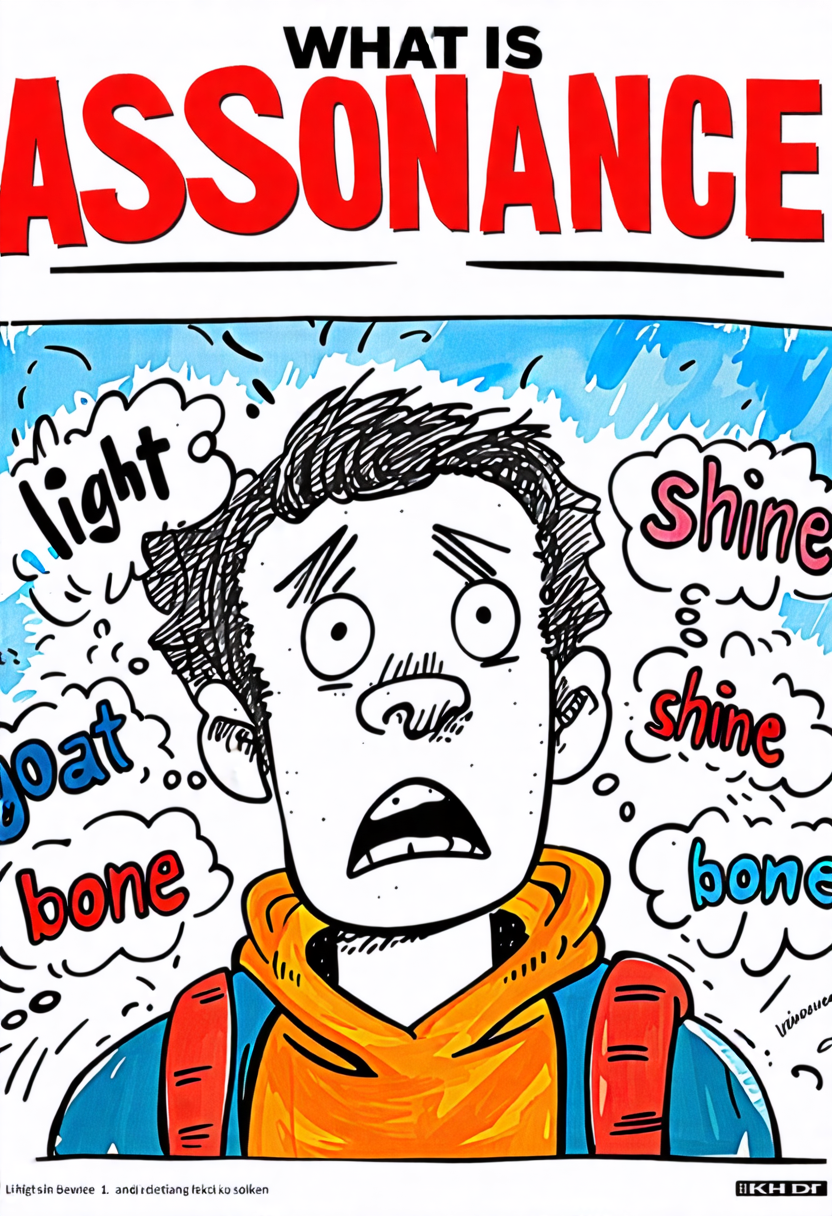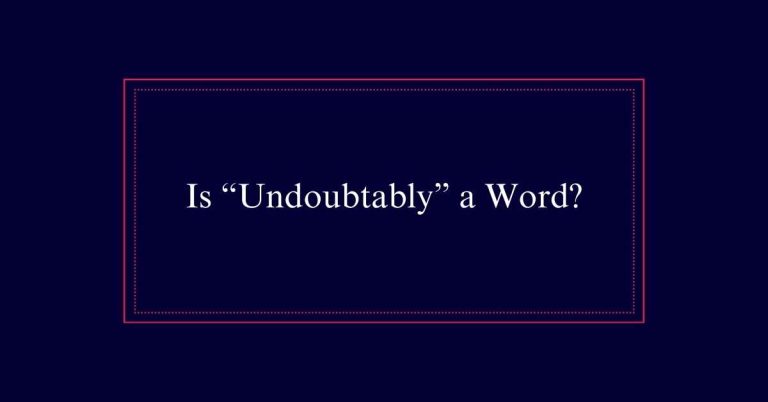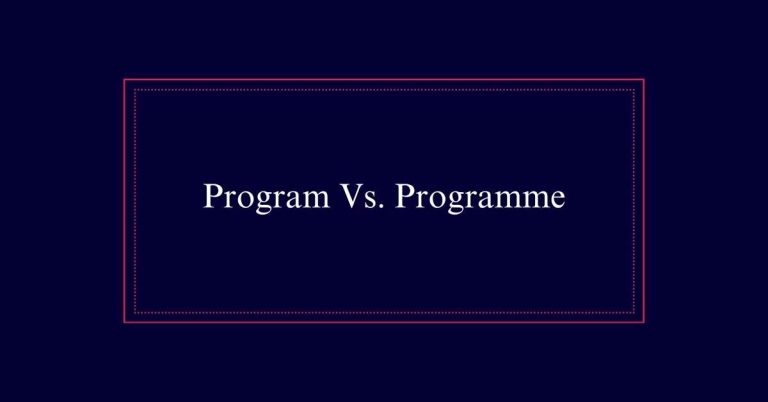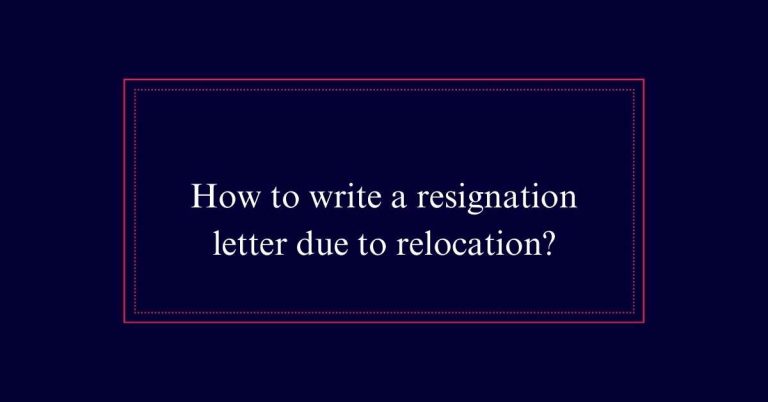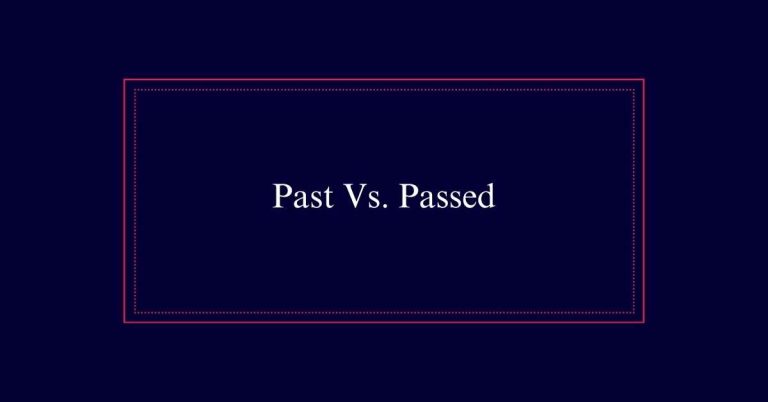What Is Assonance?
Assonance is the repetition of vowel sounds in nearby words to create rhythm and musicality. This literary device focuses on vowels rather than consonants. It enhances mood, emphasizes specific words, and adds a lyrical quality to both prose and poetry. In poetry, assonance enhances the emotional impact of verses and resonates with readers. In prose, it infuses a rhythmic flow, making texts more engaging.
Definition of Assonance
Assonance, often referred to as vowel rhyme, is the repetition of vowel sounds within nearby words. It is a literary device that creates rhythm and musicality in text.
Unlike regular rhymes, which match both vowel and consonant sounds, assonance focuses solely on vowels. This technique can enhance the mood, emphasize specific words, and add a lyrical quality to prose and poetry.
For instance, in Shakespeare’s Sonnet 1, the line ‘From fairest creatures we desire increase’ uses assonance with the repeated ‘ea’ sound. Writers utilize assonance to draw attention to certain phrases without relying on end rhymes.
How Assonance Works
Understanding the mechanics of assonance reveals how it infuses text with rhythm and resonance. Assonance achieves this by repeating vowel sounds within words, creating a melodic effect. This repetition can enhance the musical quality of prose and poetry, making it more engaging.
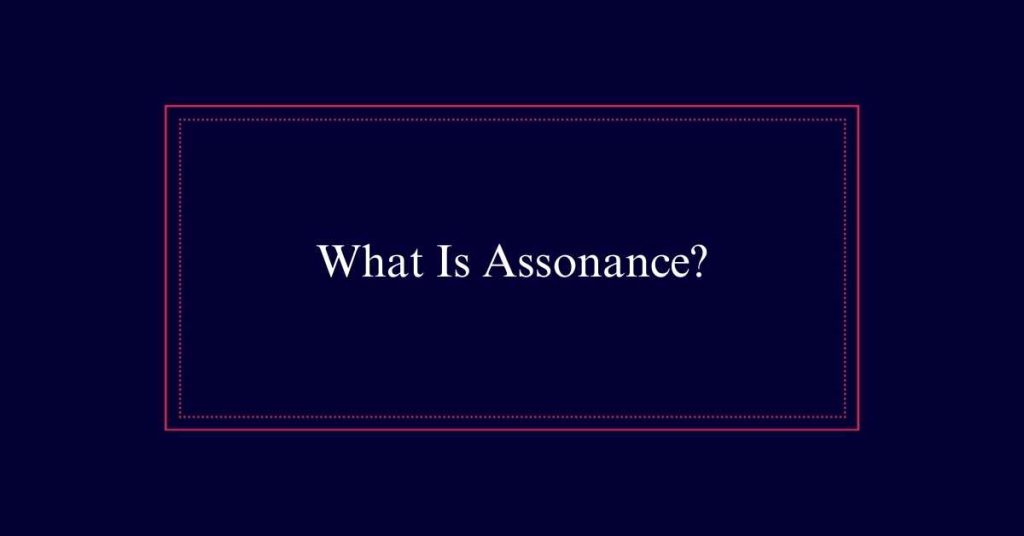
By emphasizing certain vowels, writers can draw attention to specific words or themes. This technique helps in building a particular mood or tone, whether it be somber, joyful, or mysterious. Unlike rhyming, assonance provides subtlety, allowing for a more nuanced rhythm. This makes it a versatile tool in both creative and formal writing.
Its ability to create internal rhyme and cohesion within lines underscores its importance in effective storytelling.
Assonance in Poetry
In poetry, the strategic use of assonance can greatly enhance the musicality and emotional impact of the verses. Assonance, by repeating vowel sounds, creates a rhythm that resonates with readers. This technique can evoke specific moods and emphasize key themes.
| Example | Effect |
|---|---|
| “Hear the mellow wedding bells” | Creates a soothing tone |
| “Fleet feet sweep by sleeping geese” | Adds a sense of motion |
| “The early bird catches the worm” | Adds memorability and emphasis |
Assonance in Prose
Writers often use assonance in prose to infuse their work with a lyrical quality and rhythmic flow. This technique involves the repetition of vowel sounds within words, which can create subtle musicality in the text.
By strategically placing assonance, authors can emphasize particular themes or emotions. For instance, in James Joyce’s ‘A Portrait of the Artist as a Young Man,’ the recurring vowel sounds enhance the narrative’s introspective mood. Similarly, Cormac McCarthy’s prose benefits from assonance, adding depth and texture to his sparse writing style.
Assonance serves as a powerful tool for writers, enabling them to craft sentences that resonate with readers on an auditory level, enriching the overall reading experience without relying on rhyme or overt repetition.
Rhythm and Repetition
Rhythm and repetition are fundamental elements that assonance introduces into writing. By repeating vowel sounds, assonance creates a musical quality that enhances the flow of text.
This repetition can make phrases more memorable and engaging. In poetry, it helps to establish a rhythm that guides the reader through the verses. In prose, it can subtly stress certain words, adding emphasis without being overt.
This technique also builds a mood, whether it be somber, joyful, or contemplative.
Assonance Vs. Consonance
Often confused, assonance and consonance are distinct literary devices that enhance the musical quality of writing.
Assonance involves the repetition of vowel sounds within words, as in the phrase ‘the rain in Spain.’ This technique creates an internal rhyme and a soothing rhythm.
Consonance, on the other hand, focuses on the repetition of consonant sounds, either at the beginning, middle, or end of words. An example would be ‘pitter-patter,’ where the ‘t’ and ‘r’ sounds are repeated.
Both devices are used to add texture and emphasis to language but operate through different sound patterns.
Assonance Vs. Alliteration
Understanding the distinction between assonance and alliteration is essential for appreciating their unique contributions to the musicality of language. Both devices enhance the sound of writing, yet they operate differently.
- Assonance focuses on the repetition of vowel sounds within words. For example, ‘Hear the mellow wedding bells’ by Edgar Allan Poe.
- Alliteration emphasizes the repetition of consonant sounds at the beginning of words. For instance, ‘She sells seashells by the seashore.’
- Purpose: Assonance often creates internal rhyming, enhancing the flow and mood. Alliteration adds a rhythmic, catchy quality to phrases.
- Usage: Assonance is common in poetry and song lyrics. Alliteration is frequently used in tongue twisters and brand names.
Famous Assonance Examples
Several renowned literary works and everyday phrases showcase the power of assonance. In literature, James Joyce’s ‘A Portrait of the Artist as a Young Man’ uses assonance to create musicality: ‘Soft language issued from their spitless lips.’
Cormac McCarthy’s ‘The Road’ also employs assonance to enhance the text’s rhythm: ‘Pale and naked and translucent.‘ Common phrases like ‘No pain, no gain’ utilize this technique to make the saying memorable.
Poetry frequently uses assonance for emotional impact, as seen in Hanif Abdurraqib’s work, which often includes lines like ‘The light slides over the skin.’ Ada Limón’s poetry also exemplifies this device, adding depth and texture to her verses.
Assonance in Music
In music, assonance enhances lyrics by creating rhythm and reinforcing themes. This literary device brings a melodic quality to songs, making them more memorable and impactful. It helps listeners connect with the music on an emotional level.
Here are four ways assonance is used in music:
Creating Catchy Hooks:
Repeated vowel sounds make phrases easy to remember.
Building Atmosphere:
The choice of vowels can evoke specific moods.
Reinforcing Themes:
Assonance can highlight key messages in the lyrics.
Enhancing Flow:
Smooth connections between words create a natural, pleasing rhythm.
Importance of Assonance
Assonance plays a significant role in enhancing the musicality and emotional resonance of both poetry and prose. By repeating vowel sounds, it creates a pleasing rhythm that can make the text more engaging.
This rhythmic quality helps to emphasize certain words or phrases, making them stand out to the reader. Additionally, assonance can set the mood, whether it’s a feeling of melancholy or joy, thereby deepening the reader’s emotional connection to the text.
In prose, it lends a poetic quality, elevating the narrative and making it more memorable. Overall, assonance is a powerful tool that writers use to enrich their language and convey their messages more effectively.
